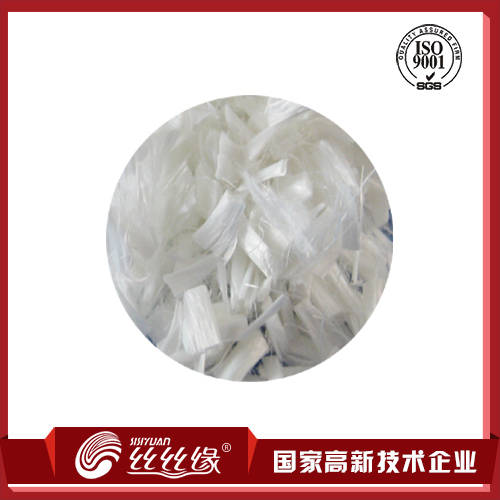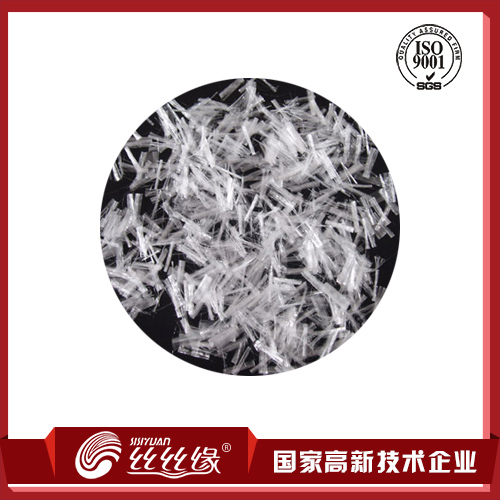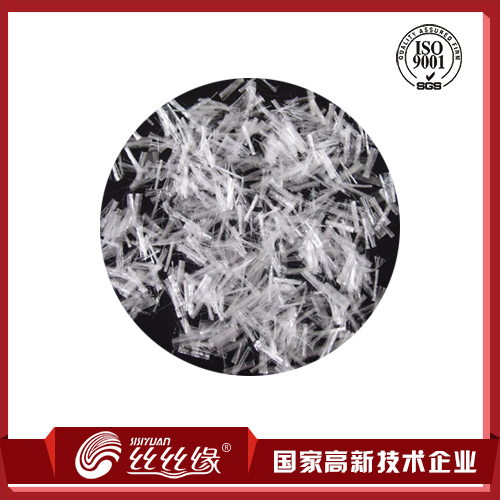
Polypropylene engineering fiber properties!
Light weight: The density of Polypropylene engineering fiber is 0.90-0.92g/cm3, which is the lightest of all chemical fibers, 20% lighter than nylon, 30% lighter than polyester, 40% lighter than viscose fiber, so it will not bring too much weight burden to the base material in use.
High strength, good elasticity, wear resistance, corrosion resistance: polypropylene has high strength, and the strength is the same in the dry state and wet state, its wear resistance and resilience is good, the strength is similar to polyester and nylon, the resilience rate can be comparable to nylon, wool, much larger than polyester, viscotic fiber, while chemical resistance is better than general fiber, can maintain good performance in different environments.
With electrical insulation and heat preservation: polypropylene fiber resistivity is high, thermal conductivity is small, compared with other chemical fibers, its electrical insulation and heat preservation is the best, but it is easy to produce static electricity when processing.
Poor heat and aging resistance: polypropylene fiber has a low melting point, between 165℃ and 173℃, poor stability to light and heat, but can be added in the spinning anti-aging agent to improve its anti-aging performance.
Poor hygroscopic and dyeing: the hygroscopic property of polypropylene fiber is the worst in the chemical fiber, almost non-hygroscopic, moisture regain is less than 0.03%, dyeing is also poor, light color, poor dyeing fastness, ordinary fuel can not make it dyed, colored polypropylene is mostly produced by pre-spinning coloring.







